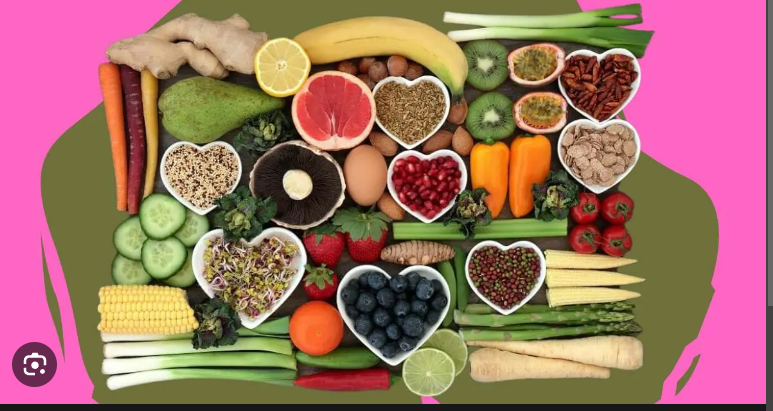Followers of the Pritikin diet begin each meal with a soup, salad, piece of fresh fruit, or whole grain. These foods are intended to fill your stomach with fiber and water so that you feel satisfied and eat less of the remaining food during the meal.
What Is the Pritikin Diet?
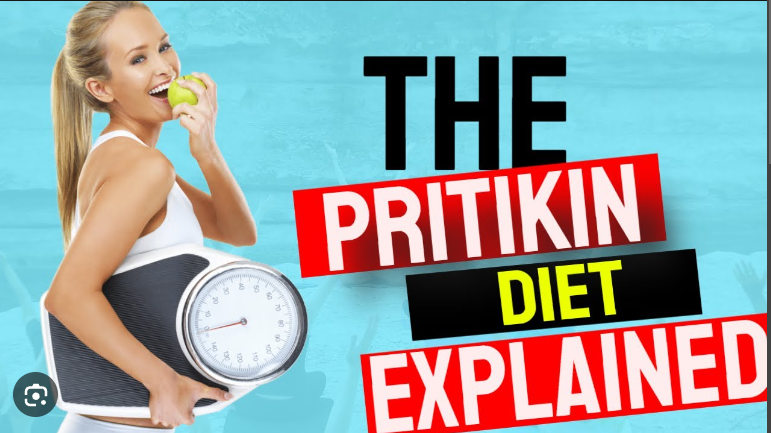
Also read-Ornish Diet
Nathan Pritikin, an American engineer and nutritionist, developed the Pritikin diet in the beginning to prevent and treat cardiovascular disease. When he started advising people who wanted to improve their cardiovascular health to engage in a moderate exercise regimen and eat healthily, the standard of care entailed rest and avoiding any exertion, frequently combined with surgery and medication.
In 1979, Pritikin released his debut book. Less than 10% of calories should come from fat in the original version of the diet, followed by 10% to 15% from protein and 75% to 80% from complex carbs. Additionally, the range for the daily cholesterol restriction was 25 to 100 mg.
The Pritikin diet has slightly more fat than it did in its original form in order to avoid an essential fatty acid shortage. Today, complex carbohydrates make up about 70% of all calories consumed, followed by fats and proteins.
15% is fat.
15% from plant-based or lean protein.
“To the extent that carbohydrates are coming primarily from whole foods, the diet will likely contain a lot of fiber, which is a good way to promote a healthy microbiome,” says Monica Reinagel, a licensed nutritionist, host of the Nutrition Diva podcast, and co-founder of the Weighless program, a program created to help people lose weight without dieting.
How does it work?
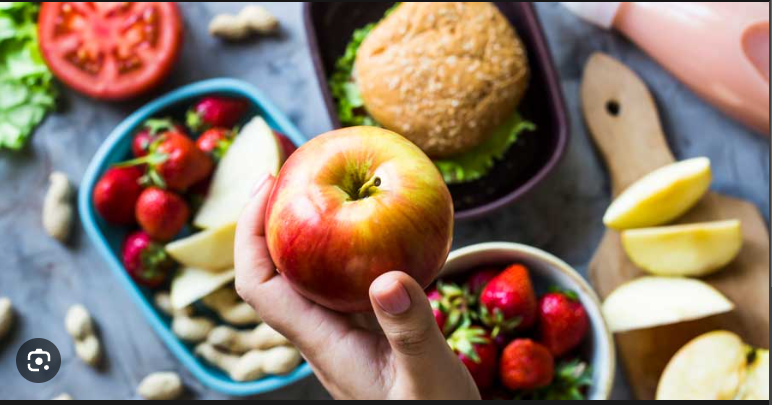
Items on the Pritikin diet are divided into three categories: “go” items. Fruits, vegetables, whole grains, starchy vegetables, legumes, lean, calcium-rich meals, seafood, and lean proteins are all good sources of nutrition.
“Caution” food items Foods high in cholesterol, organ meats, processed meats, partially hydrogenated vegetable oils, and saturated fats
Foods that “stop” processed grains, refined sugars, salt, and oils
The Pritikin Longevity Center in Miami is a health resort that provides wellness, fitness, and cooking instruction.
The majority of visitors to the Pritikin Longevity Center are instructed to engage in 30 to 90 minutes of cardiovascular activity six to seven days a week, as well as two or three sessions of strength training lasting about 20 minutes each and 10 minutes of stretching each day of the week. A lot of core-strengthening exercises and high-intensity interval training performed a few times each week are also recommended, according to Lon Ben-Asher, a registered dietician at the Pritikin Longevity Center.
If these are your issue areas, in addition to diet and exercise, you may anticipate receiving advice on how to manage your stress and stop smoking. The Longevity Center often offers guided meditation and workshops on stress management.
The training can, however, be followed at home.
When contrasting the Pritikin diet with the Mediterranean eating style, Ben-Asher notes that “the cornerstone of Pritikin is built on trying to consume more entire, plant-based food sources. The distinctions become apparent when it comes to oil, even olive oil, which we still want to consume in moderation because it is so extremely high in calories.

Other foods that are high in calories include nuts and seeds. Because you’ll be using mono- and polyunsaturated fats to replace saturated and trans fats, says Ben-Asher, those specific fat sources are still permitted and encouraged as part of the Pritikin dietary plan for cardiovascular health.
The Pritikin diet requires daily consumption of at least five servings of vegetables, either one cup raw or one and a half cups cooked.
Daily fruit servings of four.
A total of five servings of complex carbs, such as whole grains, starchy vegetables, or legumes
Two servings of dairy products without added fat
Two or more egg whites
fish, poultry, or game meat weighing between 3.5 and 4 ounces.
Followers of Pritikin begin each meal with a soup, salad, piece of fresh fruit, or whole grain. These foods are intended to fill your stomach with fiber and water so that you feel satisfied and eat less of the remaining food during the meal.
Can I lose weight on the Pritikin Diet?
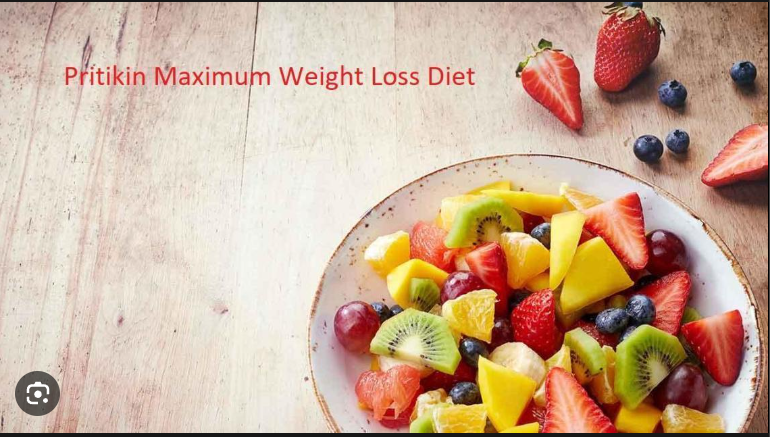
While following the Pritikin regimen and concentrating on low-calorie foods can help people lose weight, the program is not intended to be a quick fix.
The goal, according to Ben-Asher, is to “really try to set a foundation and educate people so that they can take the things they learn back home and it can be a sustainable approach.”
Who Should Not Try the Pritikin Diet?
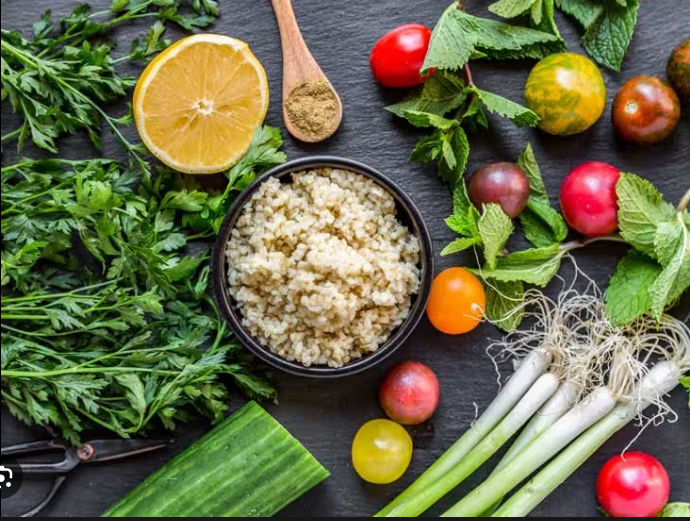
Everyone can follow this diet for safety and health. However, it may be difficult for some people to stick to this plan if they are used to consuming large amounts of animal-based protein each day, frequently dine out, rely largely on processed foods, or do not have easy access to fresh fruits and vegetables.
Pros
- Nutritionally sound.
- Diverse foods and flavors
- No counting carbs, points, or calories.
- Filling: it’s rich in high-fiber foods.
- A clearly defined plan with recipes
- Has proven health benefits.
Cons
- Tedious portioning, meal planning, or prep
- Eating out is limited.
- There are lots of rules to remember.
Also read-Dr. Weil’s Anti-Inflammatory Diet
Images source: Google







